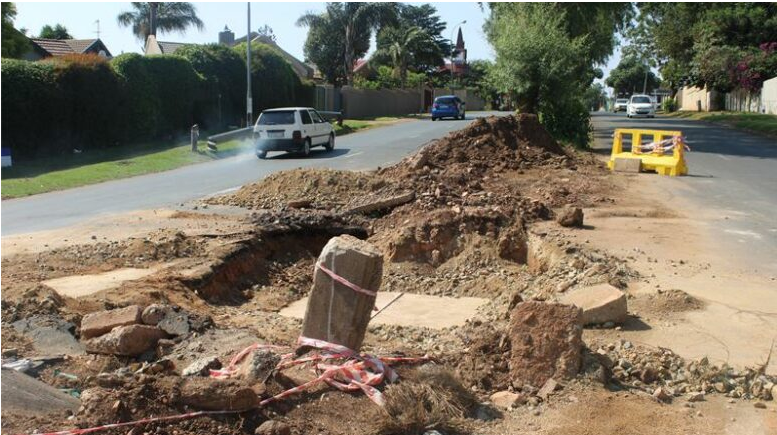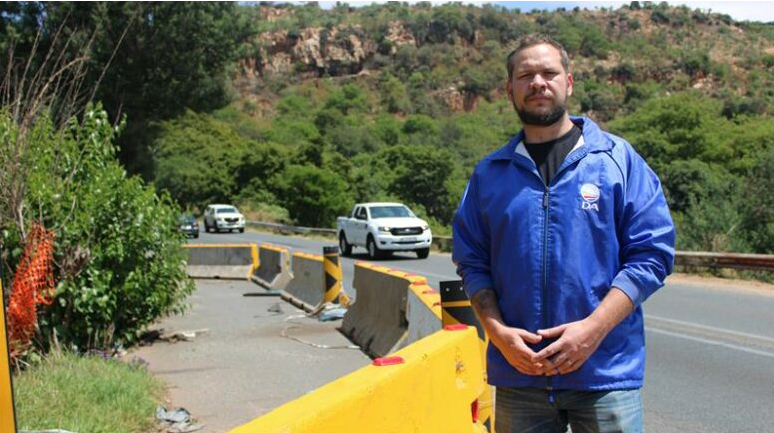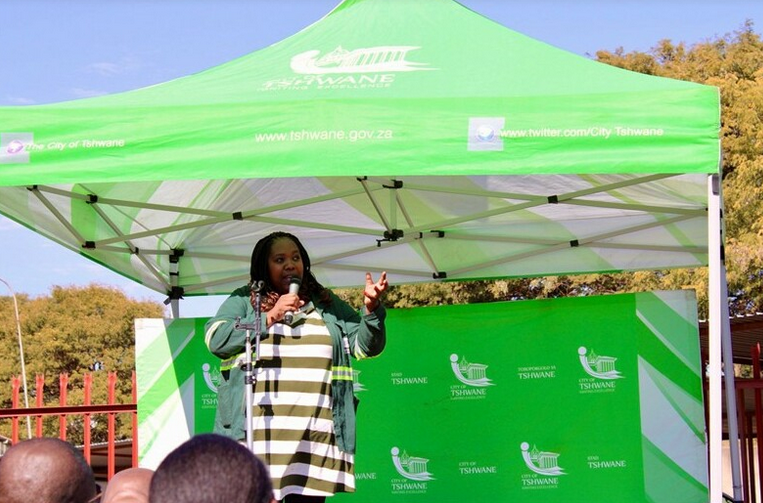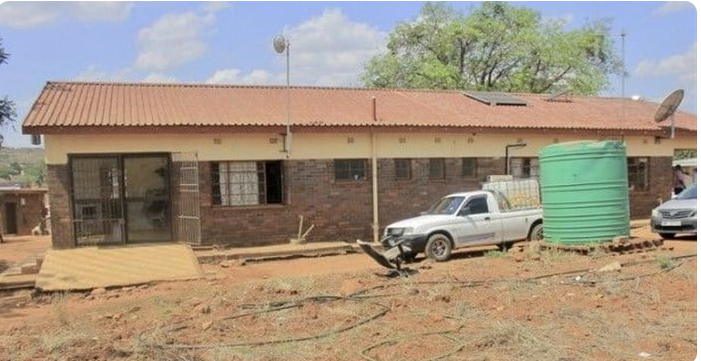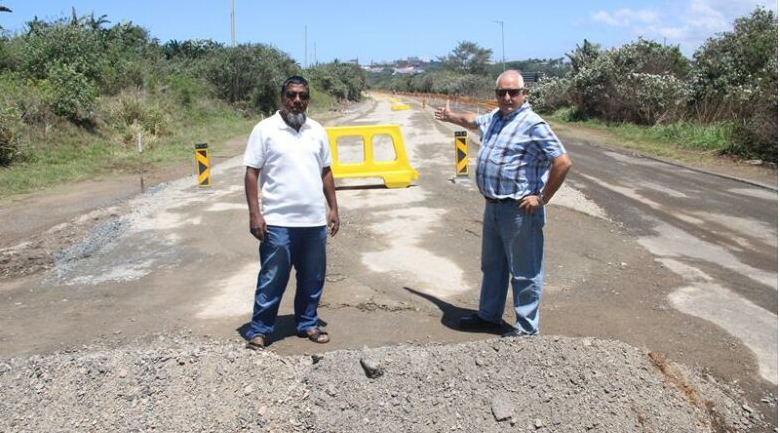SANRAL roll out R300 million to enhance highway safety
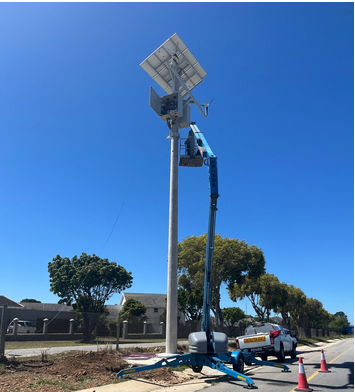
Advertising
06-11-2025
Read : 8 times
Port Elizabeth Express
Source
A major R300 million technological transformation is underway along national roads in the Eastern Cape, as the South African National Roads Agency (SANRAL) rolls out an extensive network of solar-powered concrete poles designed to revolutionise highway management and safety.
According to SANRAL spokesperson, Lwando Mahlasela, these vandal-resistant installations, costing between R1 million and R1.5 million each, are being strategically positioned along key routes, including the N2 from Baywest to Coega, the R335 from N2 through Motherwell, and the R75 from N2 to Kariega.
“These are concrete poles, not steel or metal. They are vandal-proof and long-lasting.
“The poles are therefore strong enough to carry solar panels, electronics boxes, and surveillance cameras,” Mahlasela told PE Express.
Far more than simple lighting fixtures, these sophisticated poles form the backbone of SANRAL’s new Freeway Management System (FMS), equipped with CCTV cameras, electronic message boards, and advanced monitoring technology.
The system has four core objectives:
Congestion management
The system actively monitors traffic flow patterns through advanced camera technology and traffic detectors, identifying bottlenecks in real-time.
This allows traffic management centres to implement dynamic responses such as adjusting traffic signal timing and deploying alternative route recommendations.
Incident identification and management
Sophisticated surveillance cameras equipped with infrared technology can automatically detect when vehicles have stopped unexpectedly, accidents have occurred, or debris has fallen onto the roadway.
This immediate detection capability means emergency responders can be dispatched within minutes, potentially saving lives through faster medical response.
Real-time information dissemination
Electronic message boards mounted on the poles provide motorists with up-to-the-minute information about road conditions, travel times, incidents ahead, and alternative routes.
This information is simultaneously fed to traffic apps like Waze and Google Maps, SANRAL’s website, and commercial radio stations.
Security and vandalism prevention
The continuous surveillance capability specifically targets copper theft and infrastructure vandalism that cost SANRAL millions annually.
Cameras can detect unauthorised personnel near critical infrastructure, triggering immediate alerts to security forces to prevent theft before it occurs.
Mahlasela explained that SANRAL aims to create a safer road user experience through two key approaches: preventing crashes by sharing real-time road conditions with motorists, and reacting faster when accidents occur.
This aligns with road safety being one of SANRAL’s five core operational pillars, moving the agency from passive road maintenance to active safety management.
“Response times to scenes will be shorter, and earlier detection of theft and vandalism as security forces can be notified. Motorists will also be informed in almost real-time about traffic conditions on apps, message boards and in the media,” he said.
The project budget is split among the Nelson Mandela Metro (60%), Buffalo City (30%), and rural applications like Olifantskop Pass and Mthatha (10%).
Mahlasela added that “SANRAL maintains regular meetings with relevant stakeholders, including the municipality’s electrical department, metro and traffic police officers, tourism stakeholders, business chambers and emergency services to integrate the project with local government safety initiatives.
“This comprehensive technological upgrade promises faster emergency response times, enhanced road security, and real-time traffic information for motorists across the Eastern Cape’s major transport corridors,” he concluded.
Recent News
Here are recent news articles from the Building and Construction Industry.
Have you signed up for your free copy yet?


